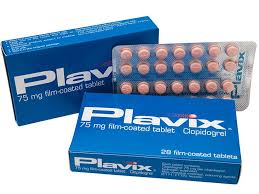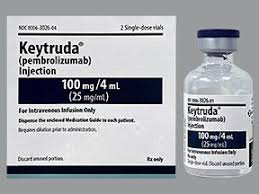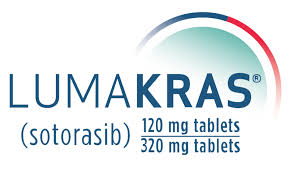Plavix

Plavix, known generically as clopidogrel, is a distinguished prescription medication primarily aimed at mitigating the risk of heart attacks, strokes, and various cardiovascular complications in individuals with specific health conditions. This remarkable drug falls under the category of antiplatelet agents, which are designed to inhibit the formation of blood clots, thereby ensuring a seamless flow of blood through the arteries.
Mechanism of Action
The efficacy of Plavix lies in its ability to obstruct the function of platelets—tiny cell fragments in the bloodstream that are pivotal in clot formation. It achieves this by targeting and blocking a particular receptor on the platelets known as the ADP (adenosine diphosphate) receptor. This strategic blockade prevents the aggregation of platelets, significantly lowering. Likelihood of cardiovascular incidents such as heart attacks and strokes.
Common Uses
Plavix is frequently prescribed for individuals with:
– A prior history of heart attack or stroke.
– Peripheral artery disease (PAD), characterized by diminished blood flow to the extremities.
– Recent coronary artery stenting or bypass surgery.
– Atrial fibrillation or other arrhythmias that elevate the risk of clot formation.
In these scenarios, Plavix serves as a vital safeguard against subsequent events, such as clots that could obstruct blood vessels, potentially leading to heart attacks, strokes, or other grave complications.
Dosage and Administration
Plavix is generally administered orally in tablet form, typically once a day. The standard dosage is often 75 mg daily, although your healthcare provider may tailor this based on individual health considerations or concurrent medications.
Adhering to the prescribed dosing regimen is crucial. One should never discontinue Plavix abruptly without consulting a healthcare professional, as this could heighten the risk of clot formation.
Side Effects and Risks
As with any pharmaceutical, Plavix may present side effects, though not all individuals will encounter them. Among the more prevalent side effects are:
Bleeding complications: Given that Plavix inhibits clot formation, the likelihood of bleeding is heightened. This may manifest as easy bruising, nosebleeds, or atypical bleeding from minor injuries.
Gastrointestinal disturbances: Some users may report discomfort in the stomach, indigestion, or diarrhea.
Headaches or dizziness: While these effects are less frequent, they can still occur.
Rashes or allergic responses: In rare instances, individuals may experience an allergic reaction to Plavix, resulting in skin rashes or other related symptoms.
More serious side effects, though uncommon, can include significant bleeding events, such as gastrointestinal hemorrhaging, intracranial bleeding, or bleeding surrounding vital organs. Should you notice symptoms like sudden headaches, weakness, or changes in vision, it is imperative to seek medical assistance without delay.
Interactions with Other Medications
Plavix may interact with various medications, potentially diminishing its efficacy or heightening the risk of adverse effects. Notable drugs that may interact with Plavix include:
Nonsteroidal anti–inflammatory drugs (NSAIDs) such as ibuprofen or aspirin, which can elevate the risk of bleeding.
Anticoagulants like warfarin, which also serve to thin the blood.
Proton pump inhibitors (PPIs), such as omeprazole, which may compromise the effectiveness of Plavix when used concurrently.
It is essential to disclose to your physician any other medications or supplements you are currently taking to mitigate the risk of interactions.
Special Considerations
Certain individuals should exercise caution when considering Plavix, particularly those with a history of gastrointestinal bleeding, liver disorders, or diminished platelet counts. Pregnant or nursing women should only use Plavix when absolutely necessary and under the careful supervision of a healthcare provider.
Alternatives to Plavix
There exists a selection of alternative antiplatelet agents, such as aspirin, ticagrelor, and prasugrel. These medications function in a manner akin to Plavix, yet they may present varying side effects, dosages, or specific indications. It is imperative that your healthcare professional assesses which option aligns best with your individual health requirements.
Conclusion
Plavix (clopidogrel) serves as a vital therapeutic agent for numerous individuals susceptible to cardiovascular complications. By inhibiting the formation of blood clots, it significantly diminishes the risk of heart attacks, strokes, and other grave health issues. Nevertheless, akin to any pharmaceutical, it carries inherent risks and side effects, underscoring the importance of adhering closely to your healthcare provider’s recommendations. Regular consultations and open dialogue with your physician will ensure that you derive the utmost benefit from Plavix while effectively mitigating potential risks.










